When it comes to facial aesthetics, one of the most common concerns individuals face is the appearance of crows feet. These fine lines and wrinkles that radiate from the outer corners of the eyes can make a person look older than they feel. As a result, many are on the hunt for the best filler for crows feet to restore a youthful appearance and enhance their overall confidence. This article dives deep into understanding crows feet, exploring various cosmetic fillers available, their benefits and side effects, and ultimately guiding you in making an informed decision on how to achieve smoother skin around your eyes.
Table of Contents
ToggleBest Fillers for Crows Feet

Crows feet, scientifically known as periorbital wrinkles, are among the first signs of aging that become apparent on the face. Understanding the causes and contributing factors to these wrinkles can help individuals take proactive measures to mitigate their appearance effectively.
Definition and Causes of Crows Feet
Crows feet are fine lines that form at the outer corners of a person’s eyes due to repetitive facial movements such as smiling, squinting, or frowning. Over time, the skin loses its elasticity and collagen, leading to these dynamic wrinkles becoming more prominent even when facial muscles are relaxed.
Several intrinsic and extrinsic factors contribute to the formation of crows feet, including genetics, sun exposure, smoking, and environmental pollutants. Each factor plays a role in breaking down collagen and elastin fibers in the skin, which are essential for maintaining its firmness and suppleness.
Aging and Skin Changes
As we age, our skin undergoes various changes. The production of natural oils decreases, resulting in drier skin that is more prone to wrinkles. Furthermore, the body’s ability to produce collagen and elastin declines significantly, which leads to a loss of volume and firmness.
The skin around the eyes is particularly delicate and thin, making it more susceptible to the signs of aging. Inadequate hydration and the depletion of fat pads beneath the skin can accentuate the appearance of crow’s feet, making them more visible.
Factors Contributing to Crows Feet
In addition to natural aging processes, several lifestyle choices and environmental factors can exacerbate the development of crows feet. Prolonged sun exposure without proper sunscreen protection can lead to photoaging, increasing the chances of wrinkle formation.
Moreover, habits such as smoking and excessive alcohol consumption can hasten the aging process by reducing blood flow to the skin and depleting essential nutrients. Stress and lack of sleep may also play a significant role, as they can cause muscle tension and hinder the body’s natural regenerative processes, resulting in premature wrinkles.
Overview of the Best Fillers for Crows Feet
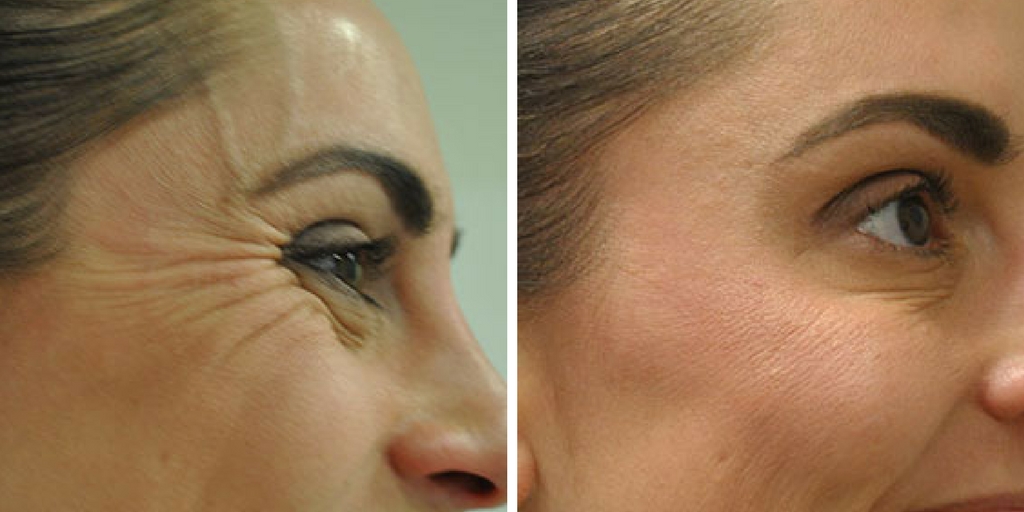
With an understanding of what causes crows feet, we can now explore the various cosmetic fillers available that can address this issue.
What Are Cosmetic Fillers?
Cosmetic fillers are injectable substances used to restore volume and smooth out wrinkles, enhancing facial contours. They work by filling in the spaces underneath the skin, providing a plumper appearance and decreasing the visibility of fine lines.
There are several types of cosmetic fillers available, each with unique properties and formulations designed to target specific areas of concern. For crow’s feet, fillers are strategically injected into the skin near the outer corner of the eyes to achieve optimal results.
Types of Cosmetic Fillers Available
The market offers a multitude of dermal fillers, but they primarily fall into two categories: temporary and permanent fillers. Temporary fillers, such as hyaluronic acid and calcium hydroxylapatite, are the most popular options for treating crows feet due to their natural feel and ease of use.
Permanent fillers, such as polymethyl methacrylate (PMMA), provide longer-lasting results but may come with increased risks and complications. It is essential to discuss with a qualified professional the suitable option for your specific needs.
How Fillers Work to Reduce Wrinkles
Fillers alleviate the appearance of crows feet by replenishing lost volume and filling in the creases. When injected into the targeted area, the filler expands and lifts the skin, smoothing out wrinkles and creating a more youthful appearance.
The results can be immediate, allowing for instant satisfaction. However, the longevity of results varies based on the type of filler used, individual metabolism, and lifestyle factors, necessitating periodic touch-ups to maintain optimal outcomes.
Popular for Best Fillers for Crows Feet

When considering the best filler for crows feet, several popular options have emerged based on their effectiveness, safety, and patient satisfaction.
Hyaluronic Acid Fillers
Hyaluronic acid fillers are widely regarded as the gold standard for treating crows feet. This naturally occurring substance in the body helps retain moisture and adds volume to the skin.
Hyaluronic acid fillers, such as Juvederm and Restylane, are preferred due to their smooth consistency and ability to attract water molecules, ensuring long-lasting hydration. The results typically last from six months to a year, after which re-treatment may be necessary.
Calcium Hydroxylapatite Fillers
Calcium hydroxylapatite fillers, such as Radiesse, are another effective option for crows feet. This filler not only provides immediate volume but also stimulates the body’s natural collagen production over time.
While calcium hydroxylapatite fillers tend to be thicker than hyaluronic acid fillers, making them suitable for deeper wrinkles, they require careful injection technique to achieve nuanced results around the delicate eye area. Results may last upwards of 12-18 months.
Polymethyl Methacrylate (PMMA) Fillers
Polymethyl methacrylate (PMMA) fillers offer a semi-permanent option for those seeking long-lasting results. Unlike temporary fillers, PMMA contains microspheres that create a supportive matrix in the skin.
Despite their durability, PMMA fillers carry a higher risk of complications and should be approached with caution. Patients must also consider a skilled injector to minimize potential adverse effects, especially in sensitive areas like crow’s feet.
Fat Grafting Technique
For individuals looking for a more natural approach, fat grafting—also known as autologous fat transfer—can provide effective results for crow’s feet. In this technique, fat is harvested from other areas of the body and injected into the skin around the eyes.
While this method offers long-lasting results and utilizes the patient’s own tissue, it requires surgical intervention and carries the associated risks of surgery. Proper consultation is essential to determine if this method suits your needs.
Benefits of Using Fillers for Crows Feet
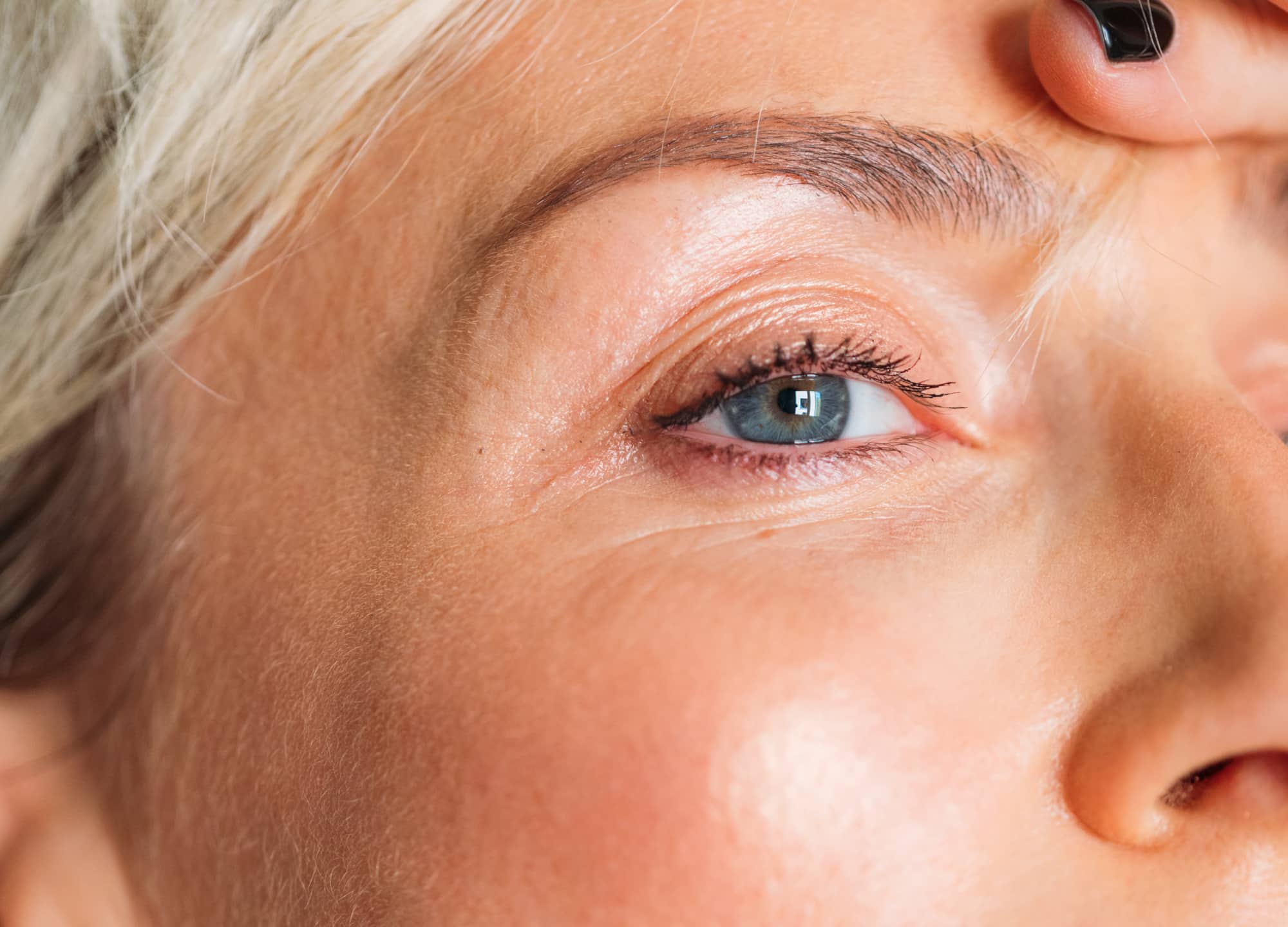
Choosing to utilize fillers for crows feet presents numerous advantages that appeal to many individuals.
Immediate Results
One of the most appealing aspects of using fillers is the immediate gratification they provide. Patients often leave the clinic with visibly reduced wrinkles and a rejuvenated appearance shortly after the procedure.
This instant transformation can boost self-esteem and encourage individuals to continue caring for their skin. The excitement of seeing quick results often outweighs the temporary discomfort associated with injections.
Long-Term Results
While some fillers provide immediate results, others, such as calcium hydroxylapatite or fat grafts, stimulate collagen production, leading to long-term improvements in skin texture and appearance.
Many patients find that as they continue to receive treatments, their skin gradually improves, requiring fewer touch-ups over time. This cumulative effect is particularly advantageous for those committed to maintaining a youthful appearance.
Minimally Invasive Procedure
Fillers are considered minimally invasive compared to surgical options, allowing individuals to achieve their desired look with minimal downtime. Most patients can return to their daily activities shortly after the procedure, which is a significant advantage for busy individuals.
The convenience of quick appointments and little recovery time makes dermal fillers an attractive alternative for those hesitant about undergoing more invasive procedures like facelifts.
Comparing Different Fillers for Crows Feet
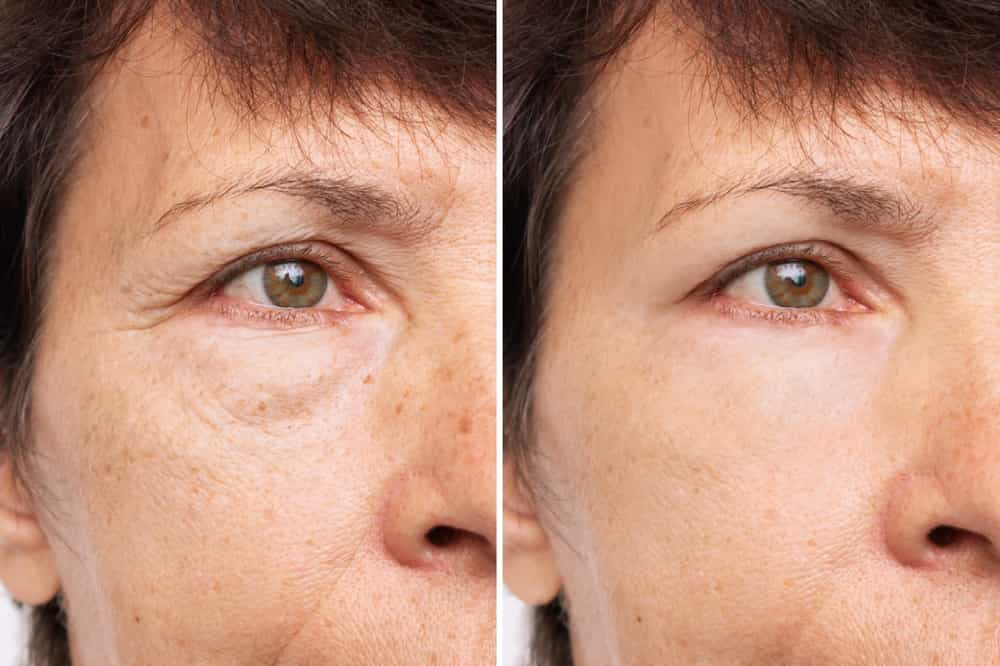
Understanding the nuances between different fillers is essential for selecting the right option for addressing crow’s feet.
Effectiveness of Hyaluronic Acid Compared to Other Fillers
Hyaluronic acid fillers have been extensively researched and are well-regarded for their consistent results and safety profile. Its ability to hydrate and volumize makes it highly effective for crow’s feet.
Comparatively, calcium hydroxylapatite fillers provide additional collagen stimulation, potentially offering longer-lasting results. While PMMA fillers boast impressive durability, the risk of complications may outweigh their benefits for some patients.
How Long Results of Different Fillers Last
Longevity varies across different fillers. Hyaluronic acid fillers generally last six to twelve months, while calcium hydroxylapatite can offer results for up to eighteen months. PMMA fillers may last several years, but their associated risks necessitate careful consideration.
Understanding these timelines is crucial for planning future treatments and budgeting effectively for ongoing maintenance.
Safety Profile of Different Fillers
Safety is paramount when considering any cosmetic treatment. Hyaluronic acid has a proven safety record and can be dissolved if needed, resulting in a favorable safety profile.
Calcium hydroxylapatite is also well-tolerated but may present more challenges if complications arise. PMMA fillers require thorough consideration due to the potential for serious side effects, emphasizing the importance of choosing a qualified injector.
What to Expect During Treatment for Best Fillers for Crows Feet
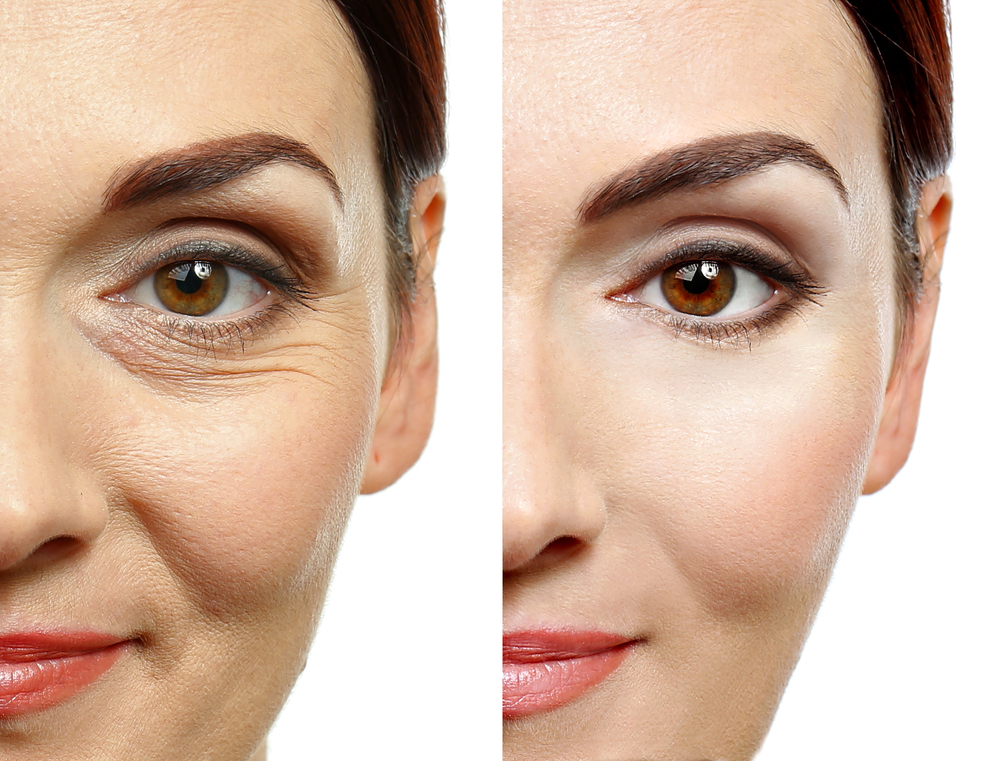
Preparing for treatment is just as important as the procedure itself. Knowing what to expect can help alleviate anxiety and ensure a positive experience.
Pre-treatment Consultation
Before undergoing any treatment with fillers, a pre-treatment consultation is essential. During this appointment, the injector will assess your skin condition, discuss your aesthetic goals, and recommend the most suitable filler for your needs.
It is crucial to be open about your medical history, allergies, and any previous cosmetic procedures. This dialogue ensures the provider can customize the treatment plan to maximize safety and efficacy.
Injection Procedure
The injection procedure for fillers is relatively quick and may take anywhere from thirty minutes to an hour, depending on the number of areas being treated.
Most providers will apply a topical anesthetic to minimize discomfort prior to injecting the filler. The injector will then carefully place the filler along the crow’s feet, ensuring a natural and harmonious result.
Post-treatment Care Instructions
Following treatment, patients usually receive detailed post-care instructions to optimize healing and results. Common guidelines include avoiding strenuous exercise for a short period, refraining from excessive sun exposure, and steering clear of certain medications that may increase bruising.
Adhering to these instructions can help ensure a smooth recovery and prolong the effects of the filler.
Potential Side Effects and Risks of the Best Fillers for Crows Feet

While filler treatments are generally safe, potential side effects and risks exist that patients should be aware of before proceeding.
Common Side Effects
Common side effects associated with filler injections include swelling, bruising, redness, and tenderness at the injection site. These effects are usually mild and resolve on their own within a few days.
In some cases, patients may experience itching or slight discomfort, but these symptoms should dissipate as the body adjusts to the filler.
Rare But Serious Complications
Although rare, severe complications can occur following filler injections. These may include allergic reactions, vascular occlusion, or infections.
To minimize risks, it is critical to choose a qualified and experienced injector. Seeking treatment in a reputable medical facility helps ensure all safety protocols are followed.
Who Should Avoid Fillers?
Certain individuals may not be suitable candidates for fillers. Those who are pregnant, breastfeeding, or have active skin infections should postpone treatment until they are eligible. Additionally, individuals with a history of severe allergies or keloid scarring should consult their healthcare provider before proceeding.
Cost Considerations for the Best Filler for Crows Feet
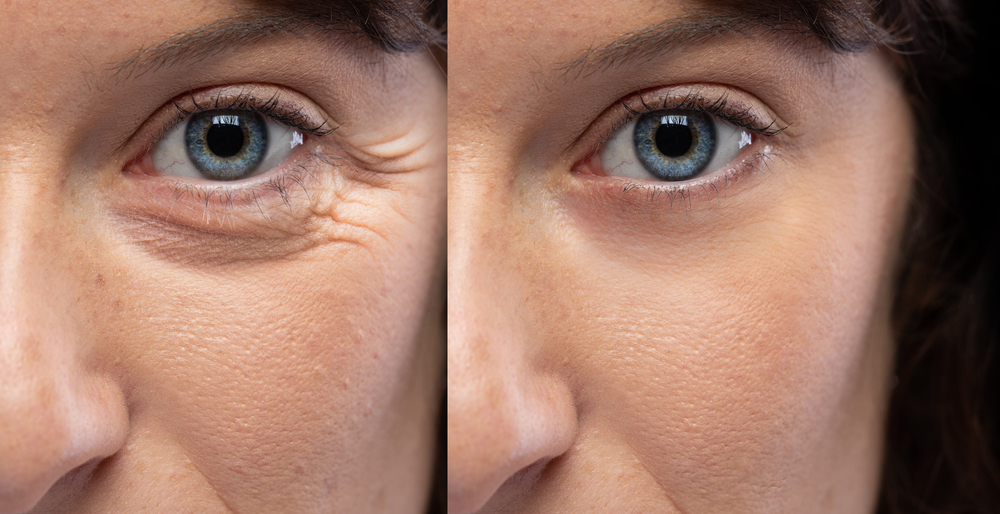
Understanding the financial implications of cosmetic procedures is essential for informed decision-making.
Average Cost of Different Fillers
The cost of fillers can vary significantly based on factors such as location, provider expertise, and the type of filler used. Hyaluronic acid fillers typically range in price, whereas calcium hydroxylapatite and PMMA fillers may demand a premium due to their unique benefits.
During consultations, providers should be transparent about pricing, allowing patients to budget accordingly.
Factors That Affect Price
Several factors influence the cost of fillers, including the geographic region, facility fees, and the amount of product required for optimal results.
Injectors with specialized training or extensive experience may charge higher rates, reflecting their expertise and commitment to patient safety.
Insurance and Payment Options
In most cases, cosmetic fillers are considered elective procedures and are not covered by insurance. However, some clinics may offer financing options or payment plans to make treatments more accessible.
Patients should inquire about available payment methods during their initial consultations to align their desires with their financial capabilities.
Choosing a Doctor Qualified to Use the Best Filler for Crows Feet
Selecting the right injector is paramount to achieving satisfying results and minimizing risks.
The Importance of Professional Expertise
When seeking filler for crows feet, it is vital to choose a qualified medical professional with extensive experience in administering cosmetic injectables.
Look for board-certified dermatologists or plastic surgeons specializing in aesthetic procedures. Their qualifications and knowledge can significantly impact the outcome and safety of your treatment.
Questions to Ask Your Injector
Before proceeding, consider asking potential injectors specific questions to gauge their expertise and approach. Inquire about their training, experience with fillers, and how many procedures they perform regularly.
Additionally, ask about their protocol for managing complications and follow-up care, as these aspects reflect their commitment to patient safety and satisfaction.
Researching Credentials and Reviews
Conducting thorough research is critical when choosing a provider. Reviewing online testimonials, checking credentials, and seeking referrals from trusted sources can help identify reliable injectors.
Social media platforms and review websites may also provide insight into other patients’ experiences, assisting you in making an informed choice.
Alternative Treatments for the Best Filler for Crows Feet
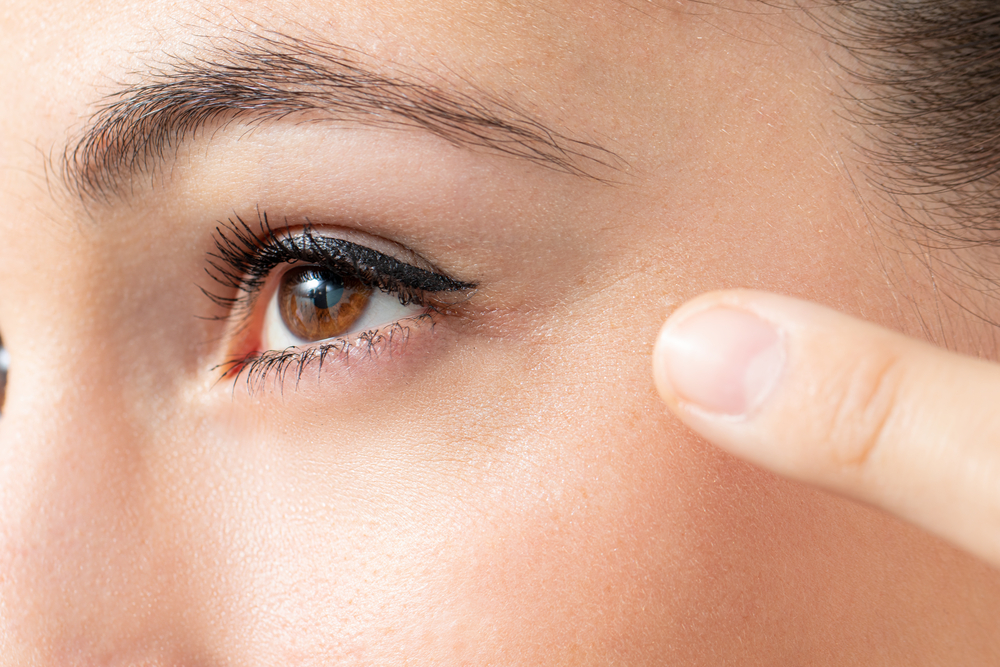
If fillers do not appeal to you, several alternative treatments can also address crow’s feet.
Topical Treatments and Skin Care
Over-the-counter creams containing retinoids, peptides, or hyaluronic acid can help diminish the appearance of crow’s feet over time. Regularly applying sunscreen and moisturizing can also protect the skin and prevent further damage.
For those seeking quicker results, prescription-strength products may offer more potent solutions worth exploring.
Laser Treatments and Chemical Peels
Laser treatments and chemical peels are non-invasive options for improving skin texture and reducing wrinkles. They work by promoting cellular turnover and stimulating collagen production, resulting in smoother skin.
These treatments, however, may require multiple sessions to achieve desired effects and involve some downtime for recovery.
Surgical Options for Severe Cases
For individuals with more pronounced wrinkles or sagging skin, surgical options such as blepharoplasty (eyelid surgery) may be considered. This invasive procedure removes excess skin and fat around the eyes, providing dramatic and lasting results.
However, surgical interventions carry higher risks and require a more extended recovery period, making them less appealing for those seeking minimal downtime.
Conclusion
Finding the best filler for crows feet involves understanding the causes of these pesky wrinkles, recognizing the various filler options available, and making informed choices regarding treatment. With advancements in cosmetic dermatology, individuals can now enjoy effective and safe solutions to combat the signs of aging and regain their youthful glow.
Whether opting for hyaluronic acid fillers, calcium hydroxylapatite, or exploring alternatives, it is essential to prioritize safety by selecting a qualified injector and adhering to post-treatment care guidelines. Remember, every individual’s skin is unique, so engaging in open communication with your provider can help tailor the best approach for your needs. Ultimately, the journey towards youthful, radiant skin is a personal one, and understanding your options empowers you to make the best decisions for your aesthetic goals.
Contact us via other platforms if you have any questions or requests that need to be answered quickly.
Tiktok: www.tiktok.com/@lunabeautyacademy6
Hotline: 034 254 0228
Email: lunabeautyacademy@gmail.com
Address: No. 29, Alley 140/1/2, Lane 140 Nguyen Xien, Thanh Xuan, Hanoi
Luna wishes you success and hopes you will have the best experiences at the academy. If you need advice or answers about anything, please leave your Contact Information With Us, the Luna team will contact you soon. Thank you for reading this article.


















